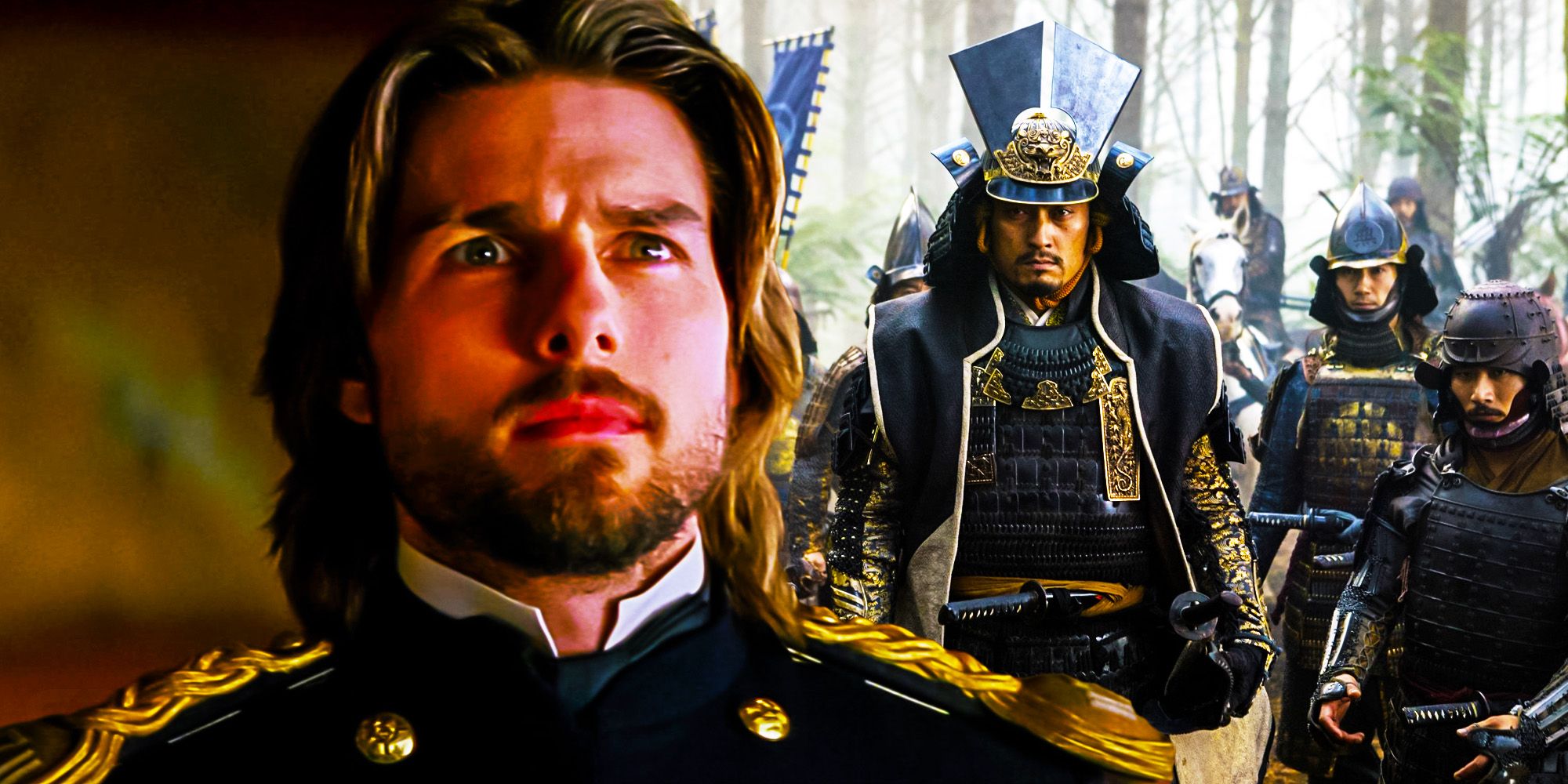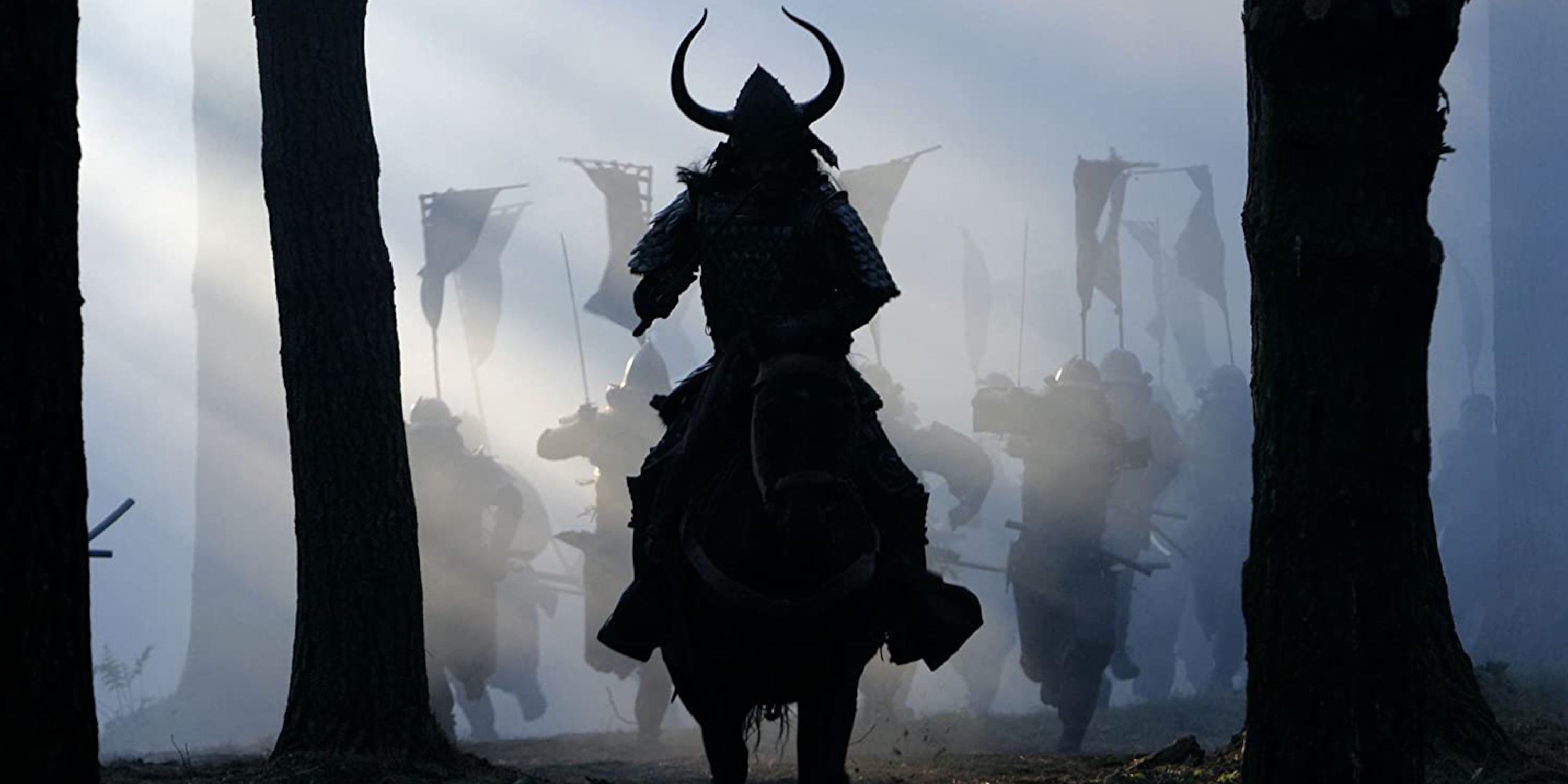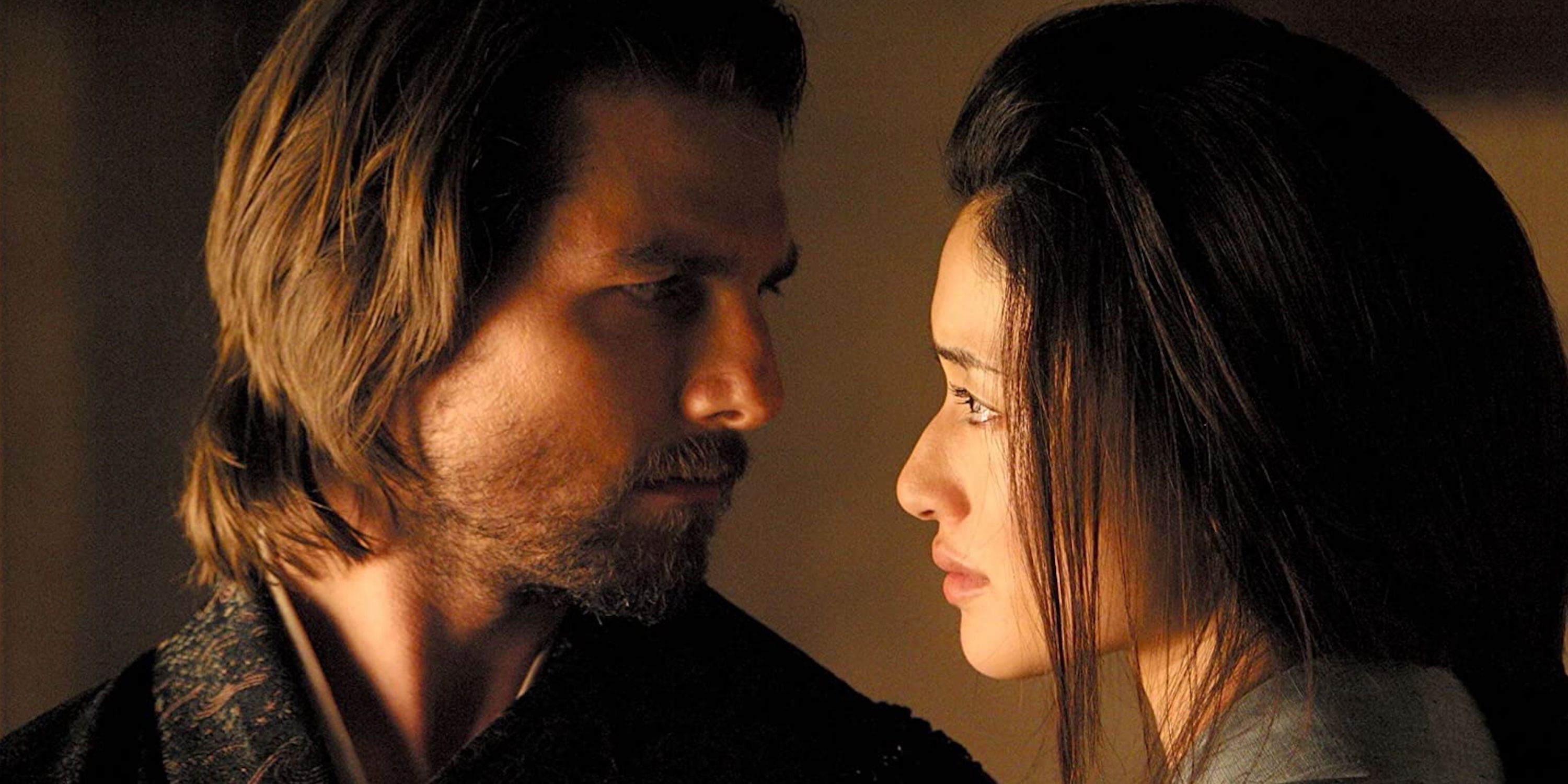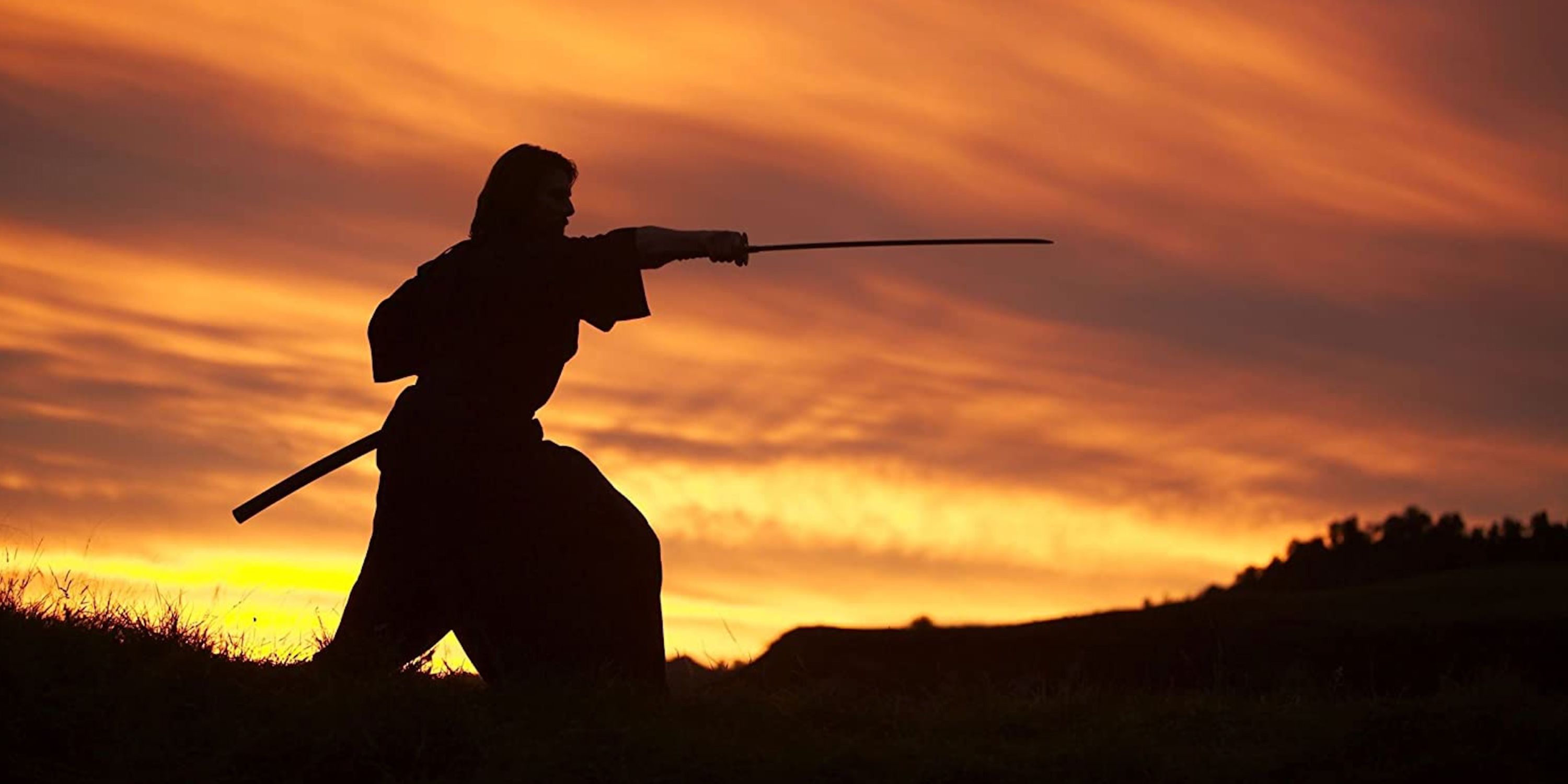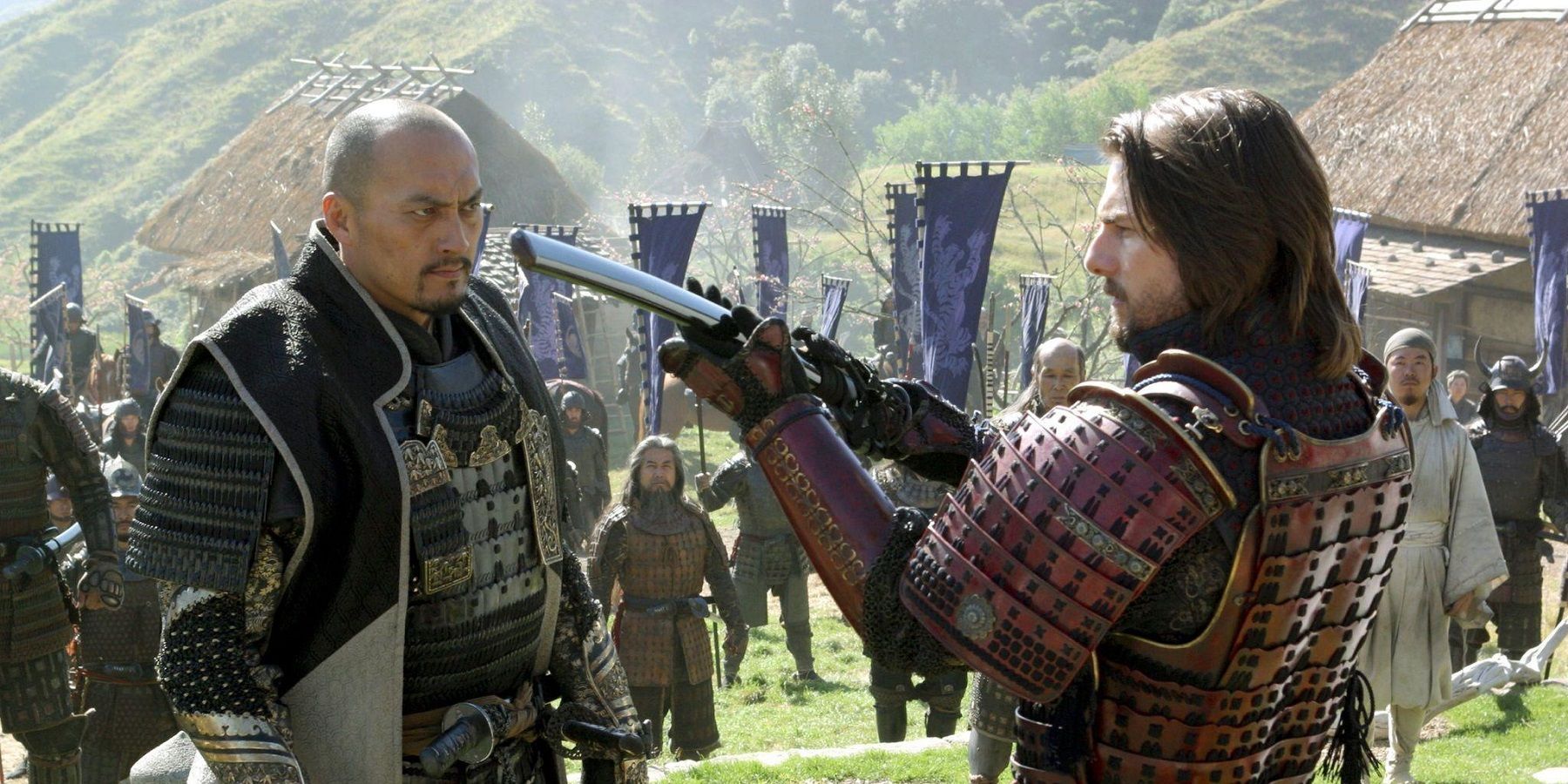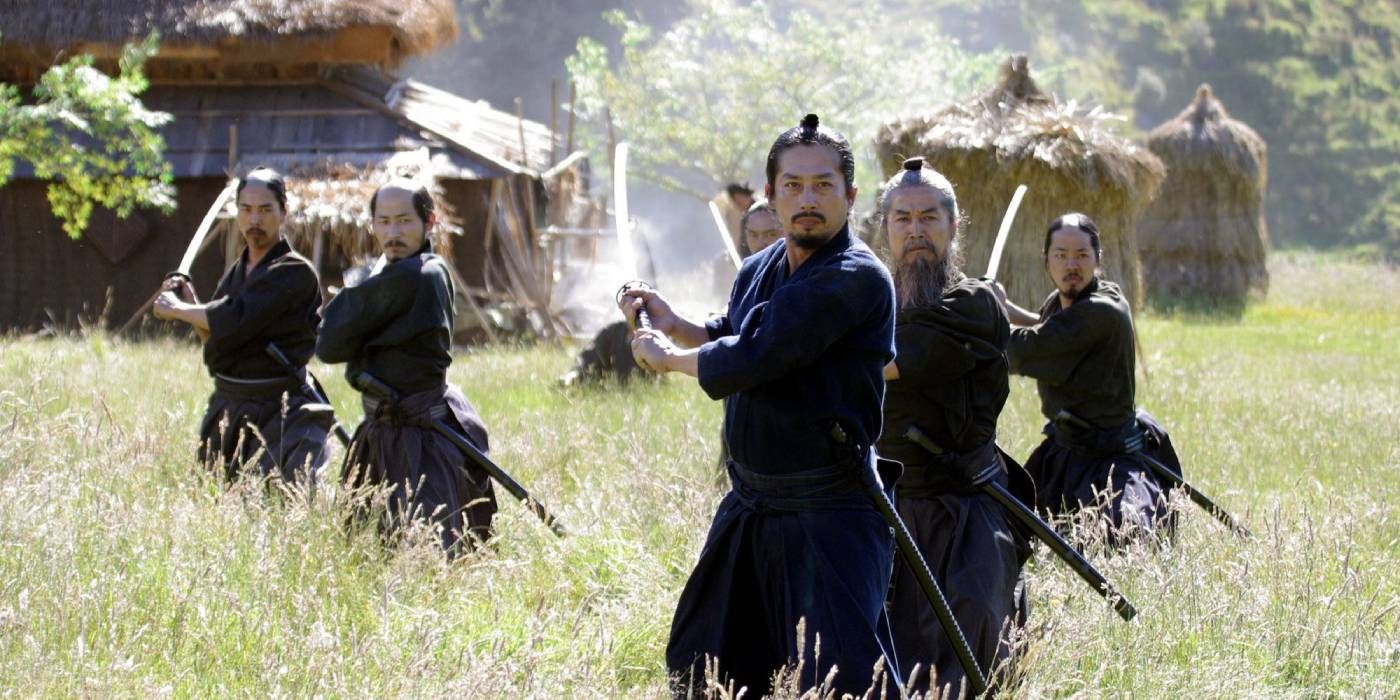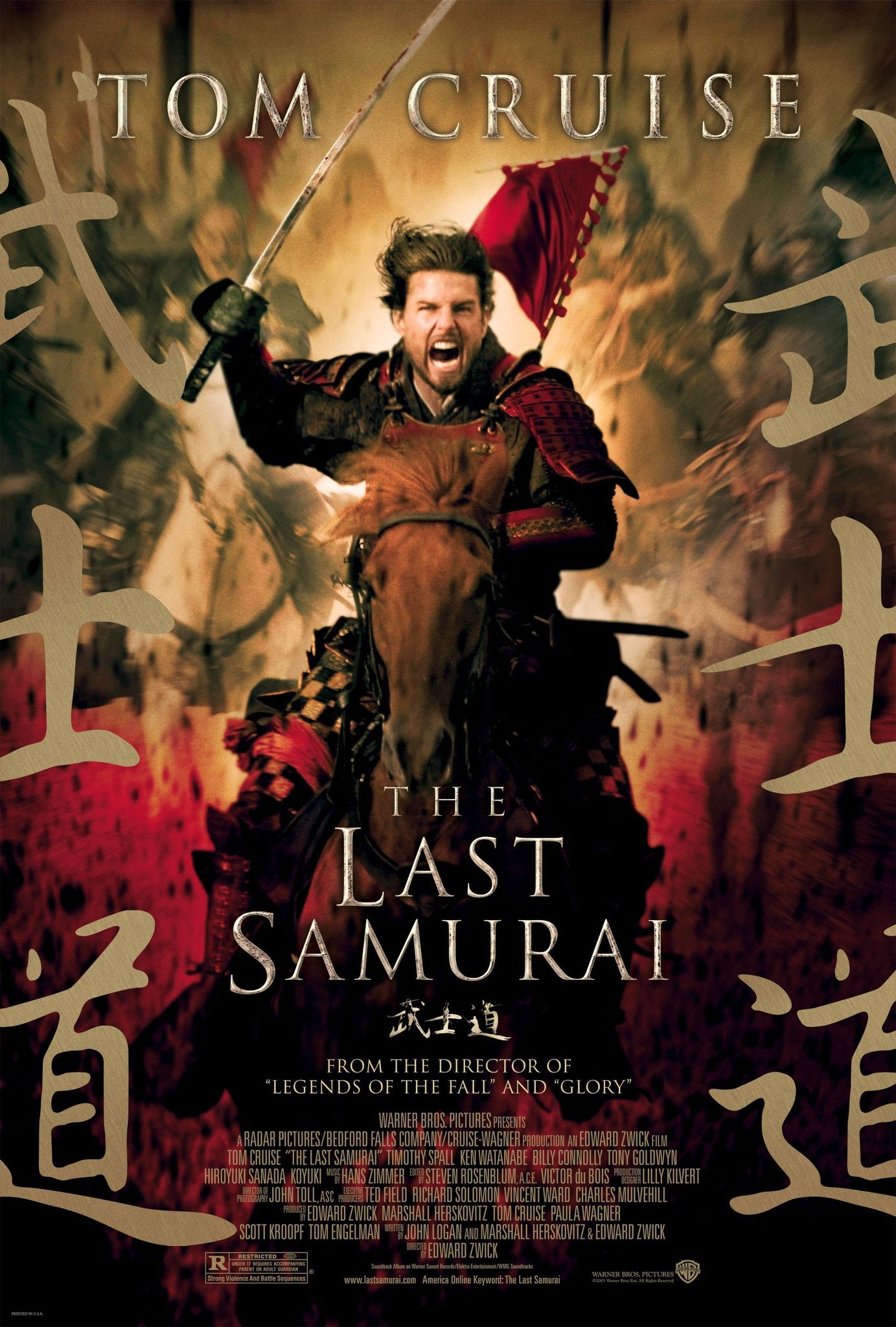Summary
- The true story of The Last Samurai adds context to the Tom Cruise period drama, sparking debates over its historical accuracy.
- The film blends elements of history to create a fictional tale, with Cruise's character inspired by French Army officer Jules Brunet.
- Despite inaccuracies, the movie was popular in Japan for its cultural nods and thrilling action, appreciating representation in Hollywood.
The Last Samurai true story adds a lot of context to the Tom Cruise period drama. The movie chronicles a real-life Japanese rebellion from the 19th century but fictionalizes several historical events and people. The Edward Zwick drama received four Oscar nominations upon its 2003 release and has sparked debates over the years about its subject matter and White Savior narrative. So, how much of the story is real, and how much of the true story was changed for The Last Samurai?
The Last Samurai stars Tom Cruise as Nathan Algren, a member of the U.S. Army's 7th Cavalry Regiment who served during the American Indian Wars. Algren is recruited to train the Japanese Imperial Army to fight against the samurai rebellion, led by Lord Katsumoto Moritsugu (Ken Watanabe). The two develop respect and admiration for each other as Algren learns the ways of the samurai and joins Moritsugu's forces in their final battle. However, the reality of The Last Samurai true story is complicated.
The Last Samurai is currently unavailable to stream, but can be purchased and rented from platforms such as Apple TV and Amazon Prime Video.
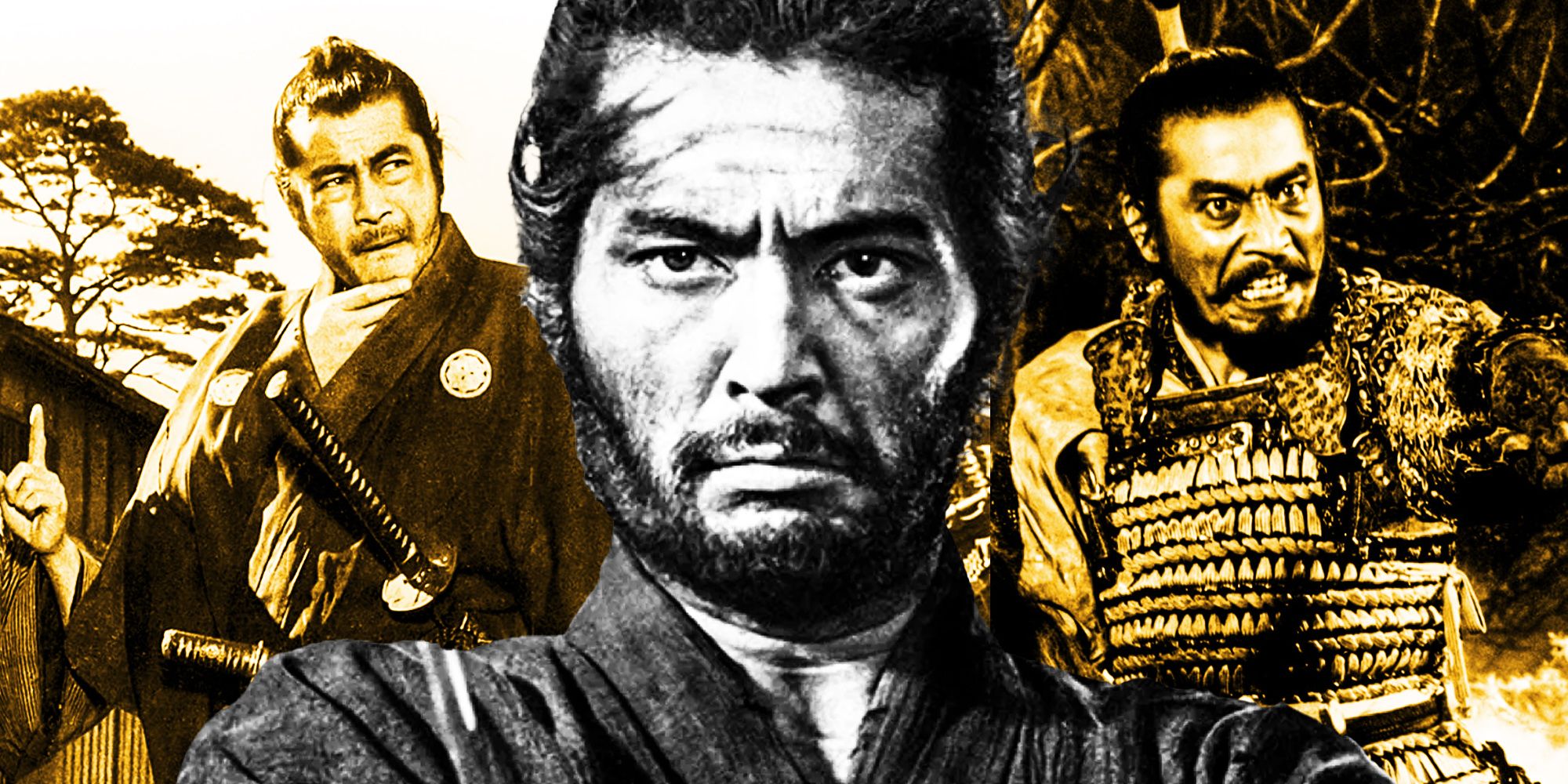
Every Akira Kurosawa Samurai Movie Ranked From Worst To Best
Japanese filmmaker Akira Kurosawa is best known for his nine highly influential samurai movies, including Ran and Yojimbo, but which one is his best?
Was Katsumoto Moritsugu a Real Person?
Ken Watanabe's The Last Samurai Character Is Based On Saigō Takamori
The Last Samurai's Katsumoto Moritsugu is based on the iconic Japanese samurai Saigō Takamori. In real life, Saigō initially led the Imperial forces and won the four-day Battle of Toba–Fushimi in January 1868. By 1877, he sided with rebel forces and fought in what's now known as the Satsuma Rebellion. Saigō was defeated and killed at the Battle of Shiroyama, which is the inspiration for the final extended battle sequence in The Last Samurai (and thus part of the true story).
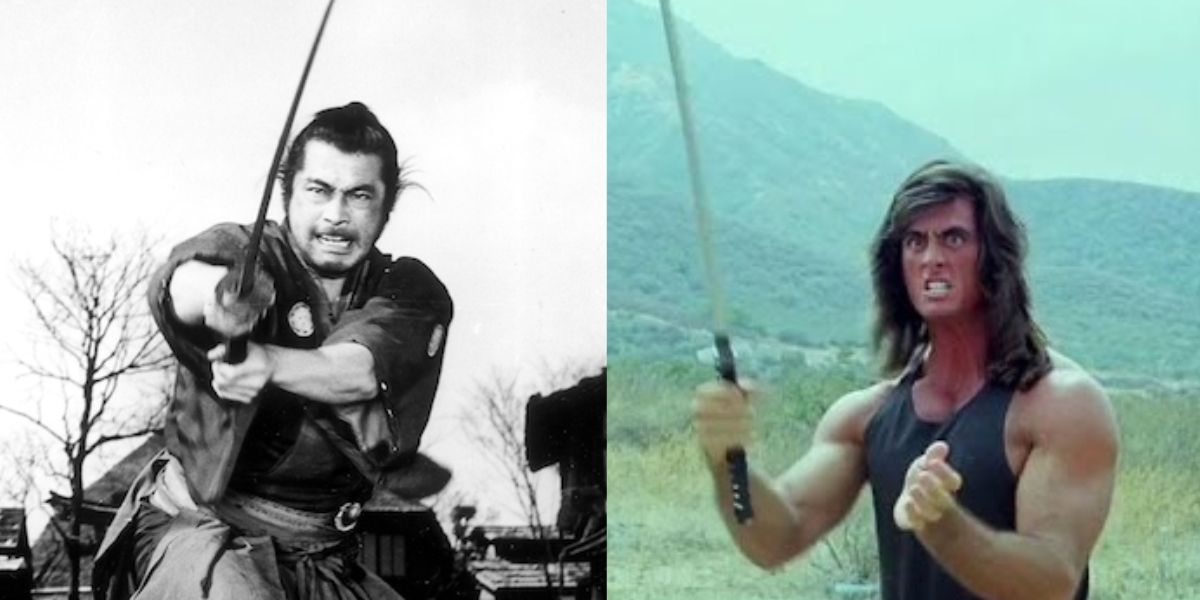
5 Movie Samurai Who Were The Greatest Warriors (& 5 Who Were Terrible At Their Jobs)
Samurais are some of the greatest warriors in movies. However, not all of them are good at their job.
Who Nathan Algren Is Based On
A French Army Officer Inspired Tom Cruise's The Last Samurai Character
Tom Cruise's character in The Last Samurai isn't based on the true story of an American soldier but is inspired by the real history of a French Army officer named Jules Brunet. In 1866, Brunet was sent to Japan to train military forces and ultimately fought in the Boshin War after refusing orders to return home. In 1867, military dictator Tokugawa Yoshinobu resigned, leading to the end of a Shogun-centric world in Japan and spurring the Meiji Restoration under the 14-year-old Emperor Meiji.
The character's real-life inspiration, Brunet, served during the Second Franco-Mexican War.
Whereas The Last Samurai's Algren previously participated in both the American Civil War and the American Indian Wars, the character's real-life inspiration, Brunet, served during the Second Franco-Mexican War. He later achieved the rank Général de Division and served France until 1899.
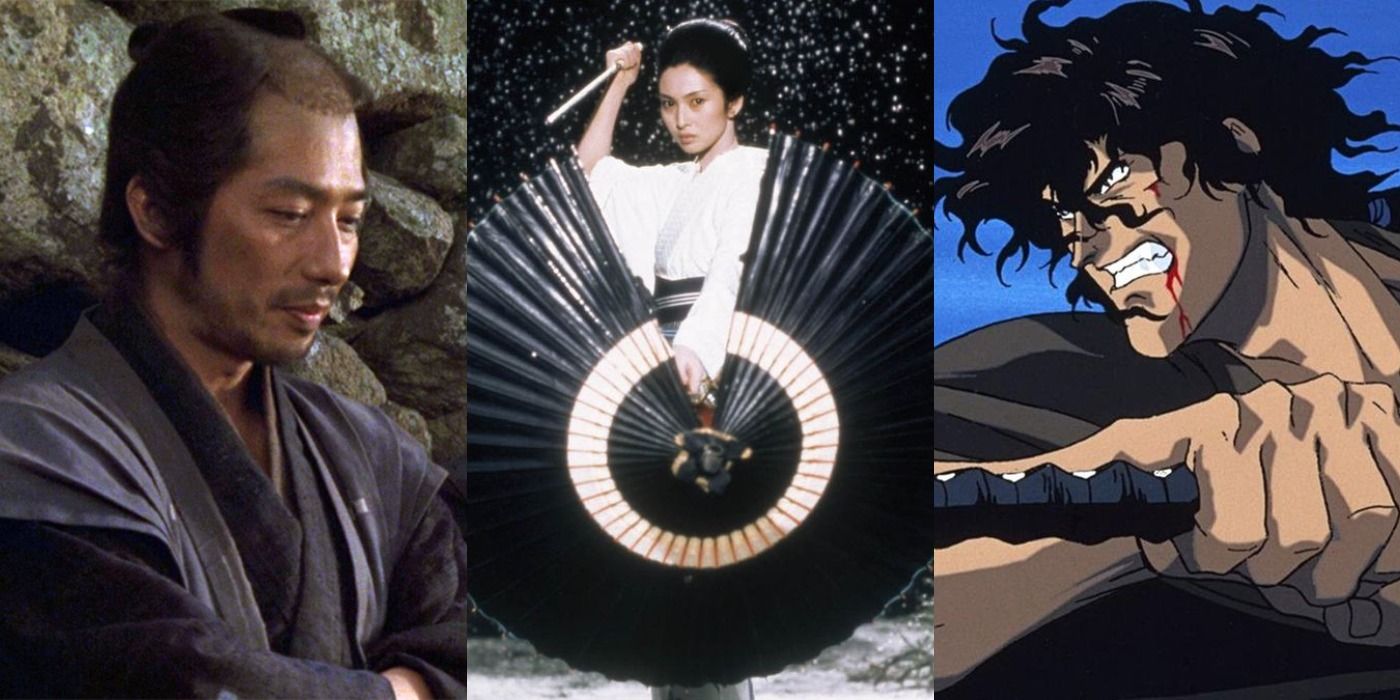
Japan’s 15 Best Samurai Movies Of All Time, Ranked (According To Rotten Tomatoes)
Samurai films have been a huge inspiration for a ton of filmmakers, but what are Japan's best samurai movies based on Rotten Tomatoes scores?
What The Last Samurai Gets Right About Japan's Meiji Restoration
Despite Being A Fictional Story, The Last Samurai Is Surprisingly Accurate
The Last Samurai's timeline is mostly accurate to the true story of history. When Algren arrives in Japan, the real-life Brunet would also have been arriving to train Japanese soldiers. Also, according to historians, the costumes and overall productions are spot-on. In general, The Last Samurai's premise is historically accurate. Japan was undergoing major cultural changes during the late 1860s, and the Emperor was indeed regarded as a "living God."
In the span of a decade, rebels fought to retain the old way of life but were ultimately defeated. Incidentally, samurai culture ended with the failed Satsuma Rebellion, and the right to wear a katana sword in public was abolished. And so, five percent of the Japanese population — samurais — were forced to adapt.
In real life, various events unfolded over a decade, but for pacing purposes, The Last Samurai has an organic feel, almost like it is taking place within a short period.
For practical purposes, director Edward Zwick simplifies the Meiji Restoration in The Last Samurai. Katsumoto and Algren represent Samurai traditions, while Mr. Omura embodies modernity. Emperor Meiji is used in the film to show how progressive Japanese culture was influenced by Western concepts. It all builds to a battle of good vs. bad, which is essentially a stand-in for the Satsuma Rebellion.
In real life, various events unfolded over a decade, but for pacing purposes, The Last Samurai has an organic feel, almost like it is taking place within a short period. For audience clarity, Tom Cruise's narration identifies specific dates, with the final 1877 battle aligning with the real-life 1877 Satsuma Rebellion.

14 Best Tom Cruise Action Movies (That Aren't Mission Impossible), Ranked
Some of Tom Cruise's best movies of his career are action films, making his all-time list of the genre jam-packed with classics from major directors.
Is The Last Samurai's Story Real?
The Tom Cruise Samurai Movie Blends Elements Of History To Create A Fictional Tale
The Last Samurai is based on real events, but the storyline involving the main characters is fabricated rather than faithful to the true story. For example, Ed Zwick and company Americanize the storyline, with Cruise bringing the spirit of Brunet's story to the big screen. For another audience hook, the screenwriters link Alpern to General George Custer and repeatedly reference the famous military leader to better understand the timeline.
Cruise's character even states that Custer "fell in love with his own legend."
Cruise's character even states that Custer "fell in love with his own legend," an ironic line given Hollywood's narrative twist on the Japanese-French source material. For one more layer of thematic accessibility, Algren explains Greek history to Katsumoto by citing the Battle of Thermopylae (the premise for Zack Snyder's 300), and essentially explains the concept of protecting one's homeland at all costs to the audience.
Katsumoto asks Alpern what happened to the Greek soldiers, a thematic transition to the samurais' last stand. The real-life Satsuma Rebellion did mark the end of samurai culture, along with the death of Saigō Takamori, the inspiration for Katsumoto. But an American Civil War veteran named Nathan Algren didn't help Saigō commit "seppuku," and the real-life Brunet didn't stay in Japan with Saigō's adoring sister. Brunet did play a role in the Japanese wars of the time, and Saigō did indeed sacrifice his life.
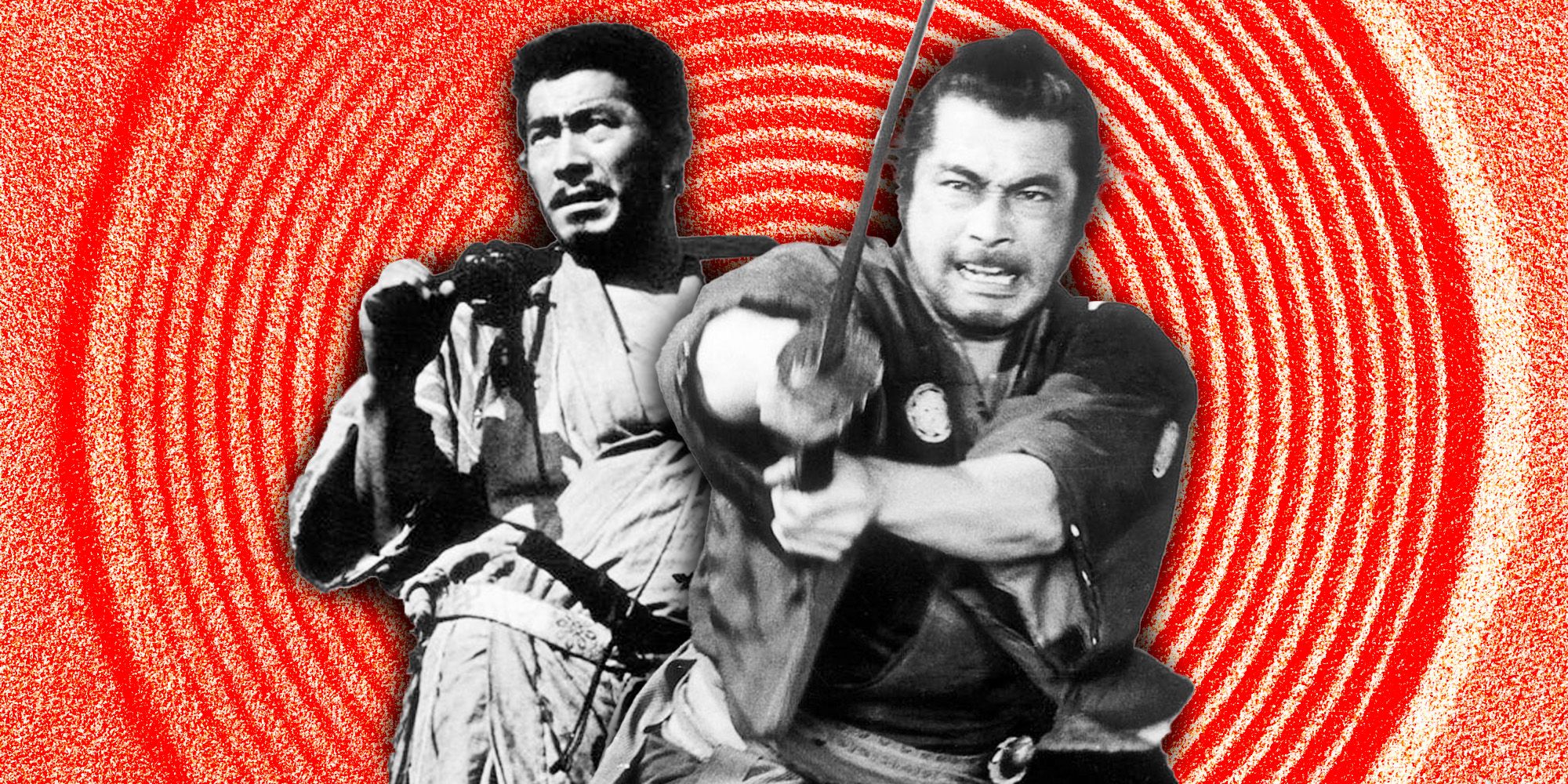
10 Best Samurai Movies Of All Time
Samurai cinema is an action-packed category dealing with extraordinary circumstances in Japanese society, but what are the best movies of the genre?
Everything The Last Samurai Gets Wrong
The Last Samurai Simplified A Lot Of The Historical Nuance Of The True Story
Aspects of The Last Samurai true story may be accurate, but it is still regarded as a fairly historically inaccurate movie. The Meiji Restoration rebellions weren't simply about right vs. wrong, as it's suggested in the mistake-filled blockbuster The Last Samurai. Historians have explained that many samurais rebelled not because of moral righteousness but rather to sustain a "privileged" way of life.
Most samurais reportedly lived in urban areas and ultimately took on important local jobs to strengthen Japanese society. In The Last Samurai, the screenwriters conveniently have Katsumoto and company live in the mountains, which allows for a mid-movie sequence that at once spotlights Alpern's change of heart while reminding viewers that he can't escape. The Last Samurai also simplifies samurai culture for the sake of storytelling.
The U.S. wouldn't have negotiated with Japan using military technology
According to historian Jonathan Dresner, "the movie clearly can't differentiate between the individual samurai clan and the samurai class." He notes that most samurais didn't rebel in real life. He also has smaller issues with the movie's true story, specifically the idea that Japanese men of the time didn't help with housework and that the U.S. wouldn't have negotiated with Japan using military technology, as seen at the beginning of Zwick's film.
Last, even original samurai warriors reportedly used modern weapons during the Satsuma Rebellion, though it's true that they sometimes fought with traditional swords during this specific time in history. The Last Samurai essentially dramatizes the climactic battle by stripping everything down to good vs. bad, and tradition vs. progress.
It's worth noting that the Satsuma Rebellion transpired over several months and that the samurai rebels weren't exactly heavily outnumbered like the Greeks in the Battle of Thermopylae (as seen in 300). Also, it was a Frenchman — not an American — who took his talents to Japan to instruct soldiers and then stayed for a while to help before returning to his native country for regular military duties.
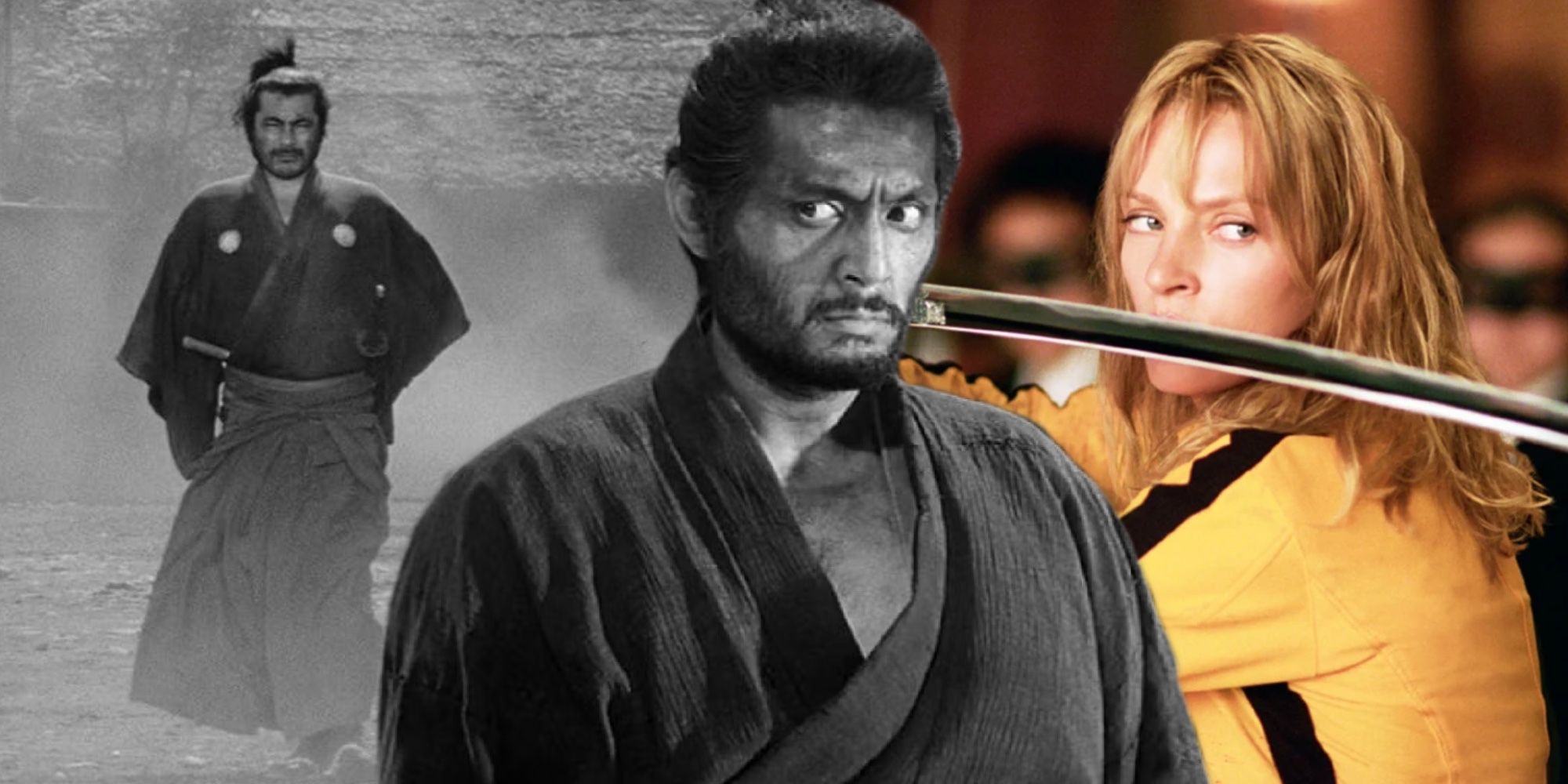
10 Best Samurai Fights In Film History Ranked
Every samurai fight in movies is a unique work of art, and the very best combine choreography, special effects, and pure skill in violent spectacles.
When Did The Last Samurai Die
When Samurai Culture Died Out Is Debated
While innumerable descendants of former samurai live on in Japan to this day, there are essentially three primary schools of thought on when the last "true" samurai died. The first belongs to samurai purists, who believe, as depicted in The Last Samurai, that the last true samurai was Saigō Takamori, with his death ending the Satsuma rebellion and samurai culture's resistance to the new Meiji government.
Tōyama's status as the true last samurai is debated due to his pivot away from samurai culture in 1881.
The second group chooses to trace pure samurai lineage, highlighting Tōyama Mitsuru as the last samurai due to his birth into the Fukuoka City samurai clan in 1855, with Tōyama living until 1944. Although Tōyama did participate in several samurai battles through his early 20s, Tōyama's status as the true last samurai is debated due to his pivot away from samurai culture in 1881, adopting a Western hairstyle and rubbing shoulders with prominent political Japanese figures.
As a result, the third group countered Tōyama's claim as the last samurai with another named Hayashi Tadataka. Hayashi is widely regarded as the last Daimyo (a feudal samurai leader) of Jouzai, who fought in the Boshin war until 1868. Finding peace within the Meiji government as an older man while retaining many of his samurai traditions, Tadataka lived until 1941, making him the last true samurai for many.
Zwick's The Last Samurai certainly takes the stance that Saigō was the last true samurai, but this question remains one that elicits fervent historical debate to this day. While the true story of when the last samurai died differs depending on historical semantics and will likely never be definitively answered, The Last Samurai has undoubtedly led to a rejuvenated discussion of samurai culture over the past two decades.
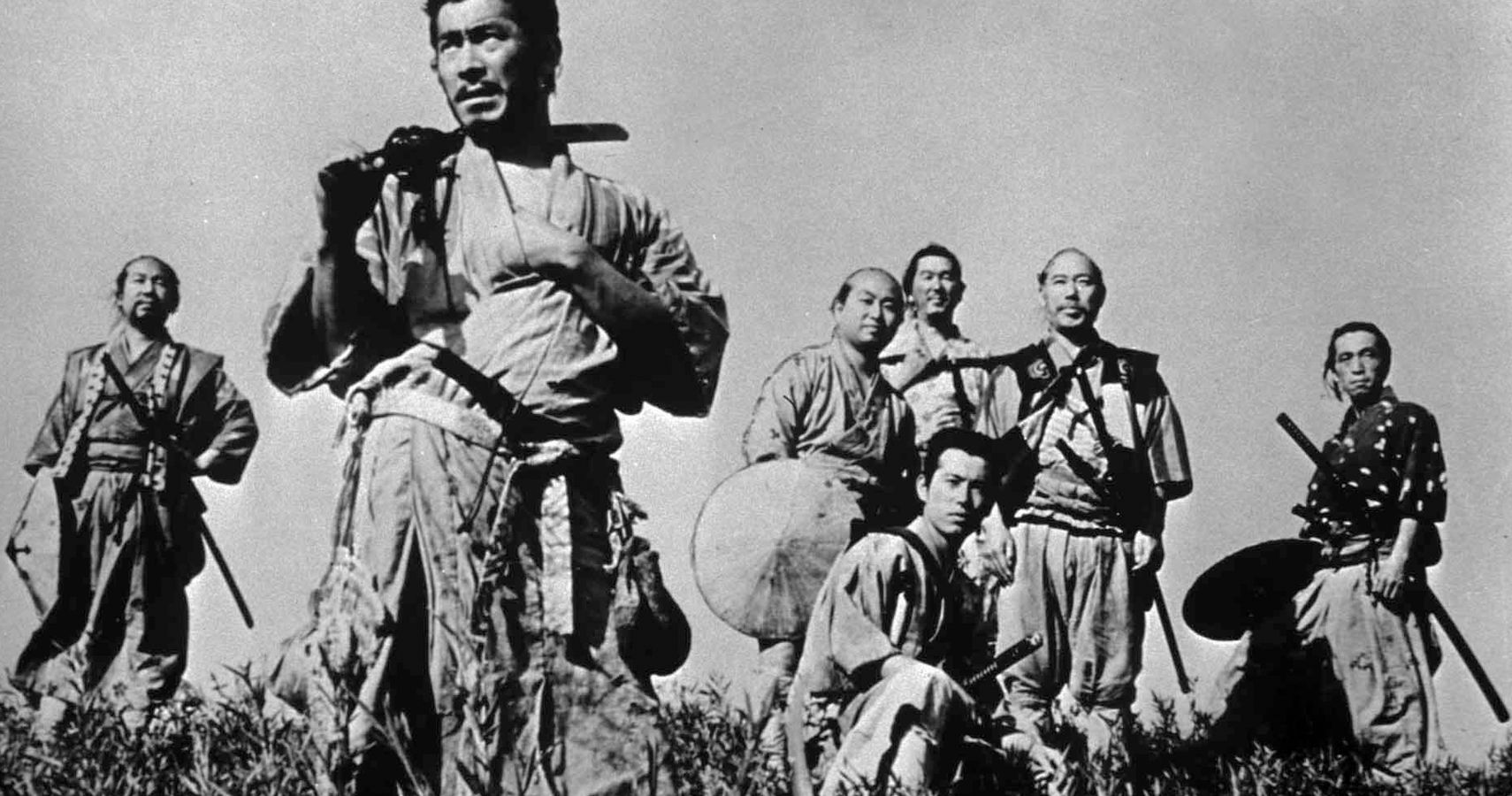
10 Best Samurai Films, Ranked According to IMDb
While samurai films are now a staple of pop culture, it's important to remember that 10 these films laid the foundation for modern cinema.
Why The Last Samurai Was Popular In Japan Despite Inaccuracies
The Movie Proved Popular Despite Its Criticisms
When tackling historical dramas based in other countries, studios must ensure that movies are accurate to avoid misrepresenting or offending that culture. Despite all of its inaccuracies, The Last Samurai was received pretty well in Japan. Just as the exaggerated cowboy myths touted in the Western genre are to America, so was The Last Samurai to Japan. Westerns have always acted as symbolic of American culture rather than a blow-by-blow recreation, and they are celebrated nonetheless, as seen in Akira Kurosawa's samurai movies.
There were plenty of incorrect elements in the feature film, such as Ninjas depicted in the Meiji era, Algren seeing the Emperor while wielding a sword, or being able to see Mt. Fuji from Yoshino. However, these inconsistencies didn't seem to bother Japanese filmgoers on the whole, as they appreciated its cultural nods and thrilling action. The cast also assisted the reception of The Last Samurai by the people of Japan, particularly when it came to Ken Watanabe and Tom Cruise's presence in the film.
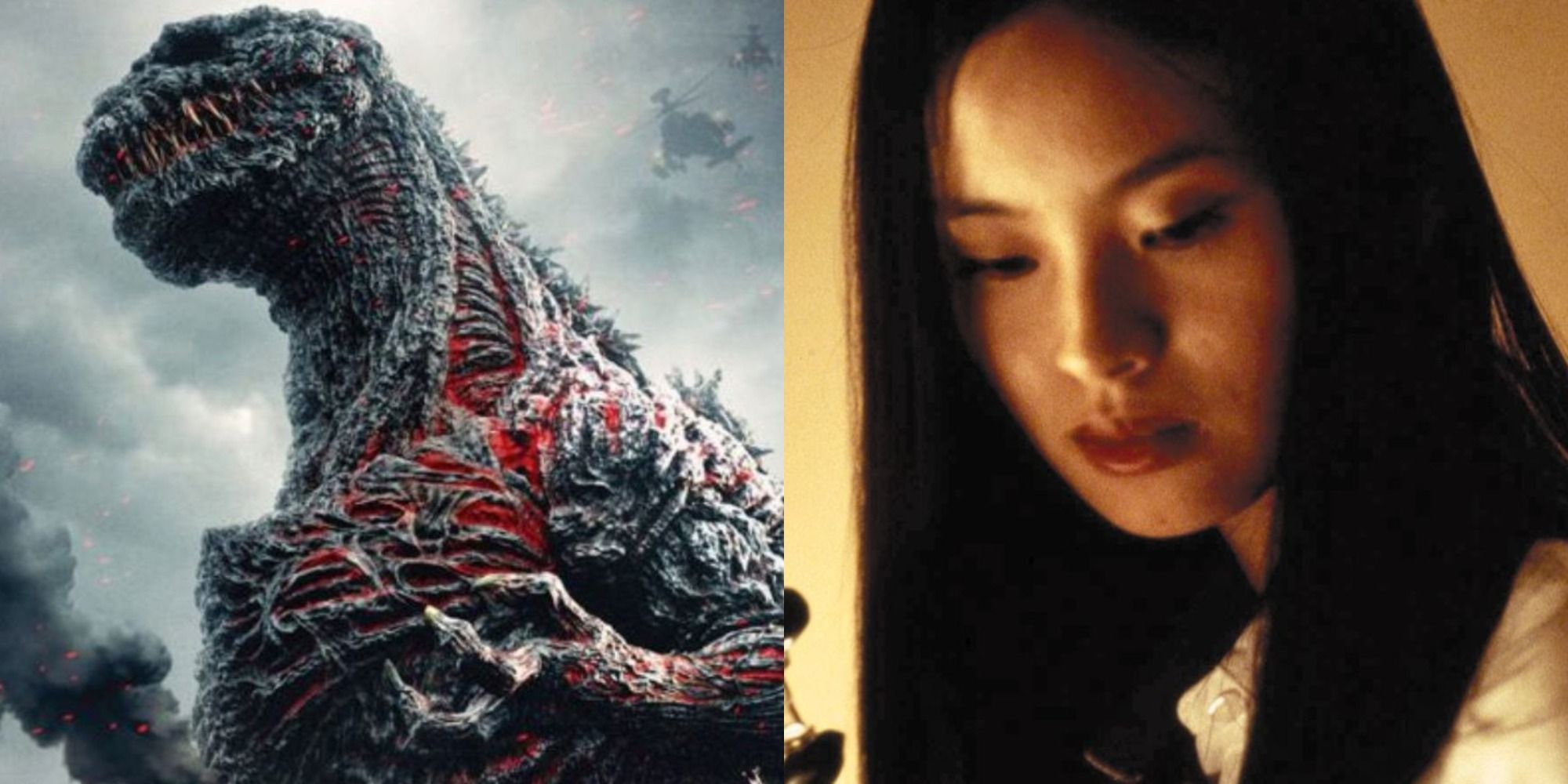
10 Must Watch Japanese Movies That Aren't Kurosawa
Kurosawa may be the king of Japanese cinema, but his films weren't the only ones to help it make it what it is today.
Movies like Memoirs of a Geisha weren't as liked in Japan because they didn't cast Japanese people in Japanese roles. The Last Samurai at least gave Japanese people a voice in their respective parts, which brought a more representative tone to the movie. Ken Watanabe defended The Last Samurai seeing it as an opportunity for Japanese representation in a Hollywood movie and it earned him an Oscar nomination for his role of Katsumoto. In addition, Tom Cruise has a great reputation in Japan.
The action star is well-known for doing long interviews and events with children, and he has a strong overall PR presence in the country. Not only that, but Cruise attempted to learn and speak Japanese in The Last Samurai, which earned admiration from Japanese citizens. So, while The Last Samurai presented a lot of historical inaccuracies, the people of Japan considered the film a decent homage to Japanese culture as a whole.



